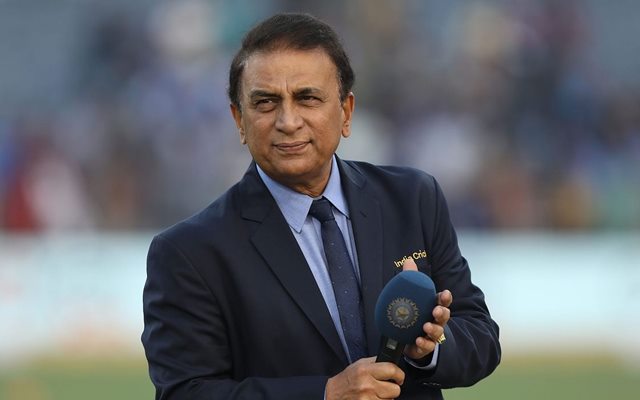New Delhi: Amitabh Bachchan was captivating the audience with Zanjeer and Deewar while Kishore Kumar was belting out iconic chartbusters during those heady days of 1970s. And what was Sunil Gavaskar doing? He was carrying a young nation’s hopes on his shoulders, using cricket as a metaphor for life, giving a lesson or two in ‘how to fight a good fight’. Come March 6, Sunil Gavaskar will complete 50 years of his association with Indian cricket. Five decades have elapsed when he has remained ever-relevant taking on a variety of roles.
“Mr Bachchan still is India’s greatest icon and the late Kishore Kumar is evergreen and unforgettable. So if you ask me, I am humbled to have been even thought of in the same bracket,” Gavaskar told this agency in an exclusive interview on the eve of the 50th anniversary of his Test debut in the West Indies.
So, how was the feeling when he walked in to face the Caribbean attack on this day five decades back? The game took place at the Port of Spain in Trinidad.
“There was elation at finally being able to wear the Indian cap. There was nervousness too because we were playing a team led by the greatest, Sir Gary Sobers,” Gavaskar said. His 774 runs in his debut series have stood the test of time. However, when Gavaskar looks back, he feels that he would have been happy to score even 400 runs.
But it did feel surreal at that time, didn’t it? “It sure took a long time to sink. All I wanted at that stage was not to make a fool of myself. If I had scored even 350 to 400 runs I would have been satisfied,” Gavaskar said.
“I did say later on that I would have been happy to have 374 out of the 774 runs being divided between my hero ML Jaisimha and the large-hearted genius Salim Durani. I wanted to do it so they could have kept their places for the tour of England that followed the West Indies trip,” he added.
Gavaskar burst into the scene in 1971. However, he said that until 1974, he did not feel any pressure. It was the year when both Dilip Sardesai and Ajit Wadekar retired.
“That’s when the realisation came through. And with no disrespect to the others in the team (back) then. However, if the opposition had put up good totals then Vishy (G Vishwanath) and I had to get the bulk of them,” Gavaskar pointed out.
In his 17-year career, Gavaskar never wore a helmet against even the most fearsome fast bowlers. For him, bouncer was a scoring opportunity. It didn’t matter if it was Jeff Thomson, Michael Holding or Malcolm Marshall; the short ball never unnerved him.
“Look, even when I was beginning my club career the opposition bowlers were bouncing at me. Yes the pace was not as great as at the international level. However, I got used to it and I always looked at the bouncer as a scoring opportunity. That way you kept your eye on the ball always and could bail out if the ball came quicker at you,” Gavaskar pointed out.
He was asked if he had someone like Virender Sehwag for company as an opener with Virat Kohli at No.3 and Sachin Tendulkar at No.4. Would he have changed his batting approach? “It’s a hypothetical question,” the former opener left the ball alone just as he used to do in ‘70s.
How about a bowling attack in which Kapil Dev had company from a Zaheer Khan and Jasprit Bumrah? Would he have changed his style of captaincy?
“Never mind the personnel, if I had the confidence that even after losing back-to-back series, I would not be removed as captain, then maybe I would have had a different approach,” he answered.
“Remember, those days, captains were removed after losing a series. I was even removed as captain after winning a series in which I scored 732 runs,” he said. He was recalling the 1978-79 home series against the West Indies after which S Venkataraghavan took over.
For the post-1990s generation, Gavaskar is the ‘voice of Indian cricket’. He has seen the landscape of broadcasting go through a sea of change.
“When I first started commentary, we were told that if you had nothing to add to the picture then don’t speak. However, with the advent of commercial TV the commentators are encouraged to speak more especially towards the end of the over. This is because the advertisements come on at the end of the over. Since technology dominates our everyday world, it’s no surprise that it finds its way in TV coverage too,” Gavaskar opined.
